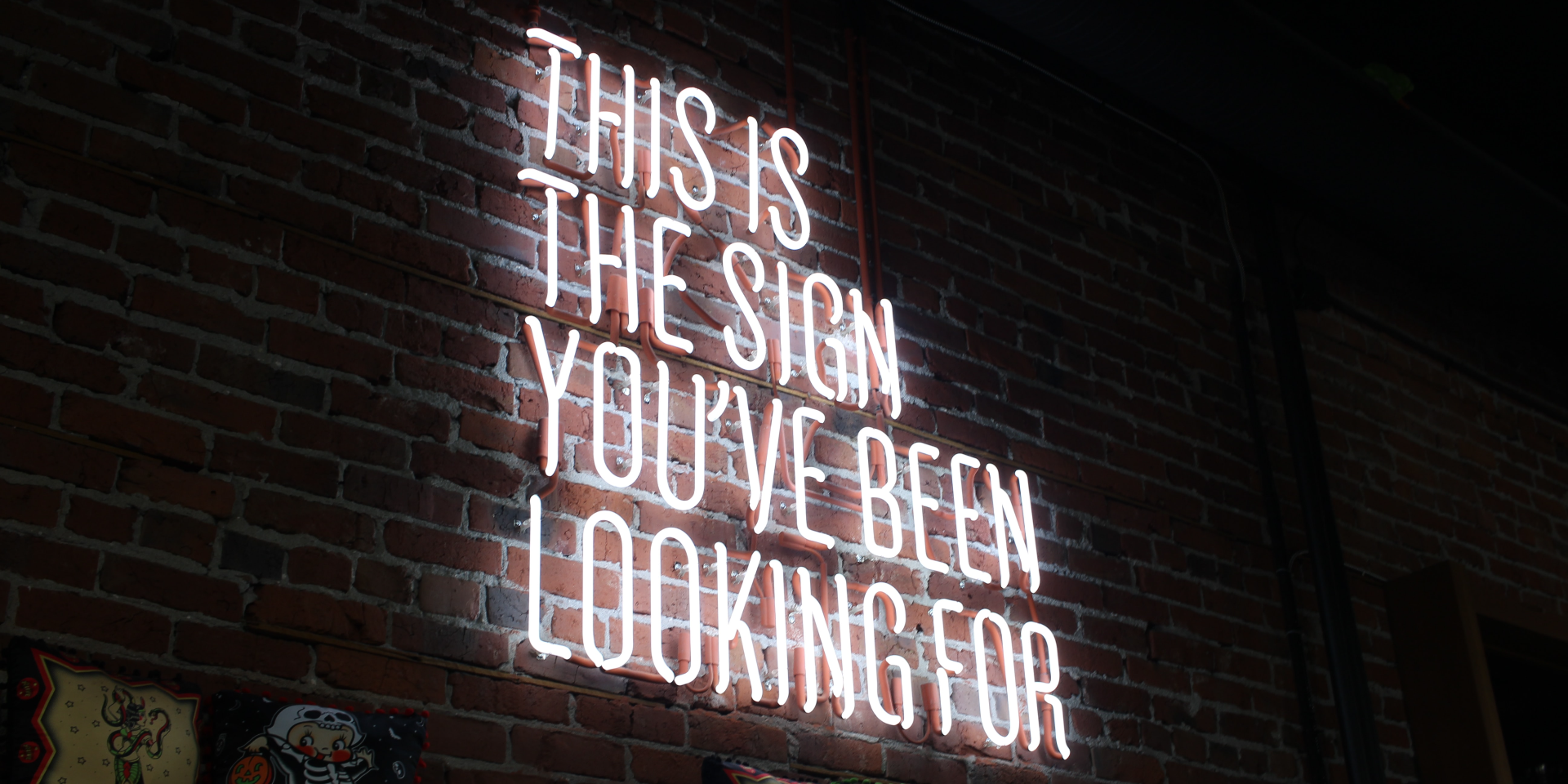
Will Things Go Back to Normal or Is This a Working Paradigm Change?
Will Things Go Back to Normal or Is This a Working Paradigm Change?
COVID-19 is affecting lots of different fields of our lives; and the working field has experienced lots of different situations for the last few months. But now it is facing whether to go back to "normal" or taking its chances on changing.

While weeks go by, the light at the end of the tunnel we're in due to the COVID-19 pandemic is becoming increasingly brighter. Little by little, many elements go back to normal working as they did, but when will we go back to normal?
After more than twelve months deep into a pandemic that is taking a toll on all of us, we miss our live before COVID-19 and we look forward to the moment our lives become once more what they used to be.
As it was pointed by KPMG "Encuesta pulso 2021" (Survey pulse 2021), along this strange year, companies had to rethink their working strategy over several times, and for now almost half of the surveyed CEOs believe that the "normal" we look forward to so much will not come in 2021, while a 31% think it will take place this year. On the other hand, it is also worth highlighting that 24% of those surveyed claim that their business changed forever.
A key issue in terms of going back to normal is vaccine administration. A process countries have different approaches for, therefore the process is taking longer than expected, since we're not only talking about going to the office or not but also about common things like face-to-face meetings or work trips.
Events ang global congresses have been held on for months from being celebrated due to COVID-19 and now it seems like they're on once more little by little. A good exaple of that is the United States, where vaccination seems to keep a good pace and they have already made known their intentions to celebrate the CES in January 2022 again, as an on-site event.
Will teleworking thrive or will big offices come back again?
After the pandemic outburst, all companies that had the capacity sent their workers to work from home. Now, after months and even if we're not done with this health crisis yet, companies are rethinking over their strategies. Recently Google announced their comeback to their offices. Although the company seems to want to keep offereng more flexibility, they keep the idea of working on-site, an idea that clashes with lots of executives like for example Jack Dorsey, co-founder of Twitter and one of the first ones to make official, a year ago, the notice of their employees being able to keep on working remotely "forever". Although at first it seemed like many companies would follow Twitter's trend, what actually happened is that over time it wasn't that clear and while there will be some changes, most of them won't be as dramatic when everything is over.
In 2020, and in face of the crisis situation, a 69% of those surveyed by KMPG, communicated their intention of reducing the physical space at their offices, a figure that has decreased to 17%. However, after the COVID-19, companies have taken advantage to transform key office aspects, like providing services, being a 61% of the directives those that claim they will reinforce their digital collaboration and communication tools.

Why the sudden reluctance to teleworking?
At the beginning of the pandemic and in face of the forcing situation, all the companies that could do it implemented remote working and for the surprise of many, workers showed a good response and companies were able to keep on working. The key issue here is that ,despite the request for flexibility by employees, the companies are not fully convinced that this model is the most effective one, and up to now what happened is that as explained from Facebook, these are “temporary solutions until we find the optimal model”.
It's true that big IT corporations are the most advanced companies in terms of employees working remotely, but these as it was the case of Apple, are still pondering over the system.
Teleworking effectiveness can be seen when a representative percentage of the employees is at the office and the other working remotely
According to Microsoft, the trend will be a hybrid format where teleworking will not exceed 50% of the working hours. Another example is for instance Amazon, which takes its chances on being on-site in their offices claiming it is a practical way to “invent, collaborate and learn”. For now it looks like we won't have a common model for a while since there is no general agreement.

Cybersecurity. Full 24/7/365 custom security
Data, systems and applications, protected and overseeen at all times
Boost for digitalization
It is one thing to work remotely when offices are not available and an entirely different thing is when they open again and almost half of the employees go back to their work posts. That is where, according to experts, remote working efficiency will bee seen!
Whether through teleworking or at the office, an outstanding fact ever since the COVID-19 has been digitalization strategies. According to KPMG, a 74% of the business leaders claims the the operations digitalization experienced an important acceleration in a matter of months, compared to the 50% in August 2020.
As organizations start normalizing their situation as much as possible, CEOs are reformulating their strategies, focusing more on issues such as digital connectivity and particularly cybersecurity. On the other hand, they will look for different ways to increase digital capacities; according to the survey, 61% of the directives recognizes their wish to acquire digital technology in order to transform both the client's experience as well as the value proposal.





